There are many reasons to reduce your plastic footprint while travelling and this article will tell you how you can do it!
Plastic pollution is one of the major issues we face as a species today. The situation is so bad that the UN predicts there could be more plastic in the oceans than fish by 2050!
That is a scary possibility!
It’s in all of our interest to cut back on the amount of plastic that we consume if we want to live on a cleaner and more environmentally friendly planet.
Thankfully, it isn’t that hard. Awareness of the plastic problem is increasing and more plastic-free alternatives are now available.
In this article, I will give you 20 ways to reduce your plastic use that you can incorporate into your travels and daily life.
Disclosure: This article may contain affiliate/compensated links. For full information, please see our full disclosure policy.
Table of Contents
How to Reduce Your Plastic Footprint
How Bad is The Plastic Problem?
Just from walking around in my everyday life, I can see that there is a serious problem with plastic. My hometown of Chester has a big problem with plastic. Wherever you go, there is plastic everywhere.
If you consider that Chester is a small city and then extrapolate to the whole of the United Kingdom, then to Europe and then the rest of the world, the problem starts to hit home.
Plastic pollution is a gigantic problem, we’re just oblivious to how big it is. This throws up many ethical questions about what we can do to tackle the problem.
Plastics are oil-based and are usually derived from crude oil. Instead of breaking down into its constituent parts, which is oil, plastic breaks down into smaller and smaller pieces, which remain as plastic.
This is not the same as glass which becomes sea glass if it ends up in the ocean, while aluminium cans are slowly oxidised by the air and water and return to aluminium atoms.
As plastic doesn’t break down, if animals end up digesting it, the plastic remains in their stomach. The more and more they eat, the fuller their stomach gets until they cannot digest anymore and die.
The main issue is that we are consuming plastic which is designed to last for a century in a matter of days and hours in some cases. To put this into perspective, as of 2015, approximately 6300 Mt of plastic has been generated, of which, only 9% has been recycled.
This is a huge problem and the main reason we need to cut back on our plastic use. As the levels of plastic that is recycled are so low, recycling is not the answer. We need a different strategy and that strategy is to reduce plastic consumption as much as possible.
1. Buy a Reusable Water Bottle
One of the easiest traps to fall into when travelling is to buy bottled water. After all, you can’t go without drinking water for too long. Buying a bottle of water is just convenient!
However, that plastic has to end up somewhere and even if it goes into a recycling bin, it’s still more waste accumulating somewhere.
The answer to this problem is simple. Buy a reusable water bottle.
This is one of the best purchases I’ve ever made. Instead of wasting money on bottled water every trip and creating more waste, I just take my bottle with me wherever I go.
I fill it up and away I go. A lot of cities have water fountains where you can refill your bottle making it easy to cut down on the amount of plastic you use!
2. Use Soap Bars
Another area where plastic is prevalent is when comes to showering. Shampoo and shower gels come in plastic bottles, and again, it’s just more and more unnecessary waste.
Instead of doing this, use a bar of soap instead. They are cheaper and better for the environment. Plus, they are easier to pack and you don’t have to worry about meeting the 100ml limit either!
I noticed that soap lasts a long time, sometimes longer than my shower gel used to. You can normally always get three soap bars for less than one bottle of shower gel, which makes them more cost-effective.
You could cut out shampoo too and use lemon juice to wash your hair as I do, but this is not for everyone. An alternative is to use a shampoo bar if you want to cut down on plastic.
3. Change To a Bamboo Toothbrush
Toothbrushes are another item made from plastic. Considering the short lifespan of toothbrushes, you can easily go through four of them in a year.
As is often the case, once they are thrown out, there’s a good chance they will end up in the ocean.
The easy fix to this problem is to use a bamboo toothbrush instead. Bamboo is much more environmentally friendly than plastic and is biodegradable. So you can dispose of your toothbrush in good conscience.
I should add a caveat that some bamboo toothbrushes are not great. I bought a few where the bristles fell apart after a few weeks, which is not great.
My recommendation is to buy a Colgate bamboo toothbrush. The bristles are much better and will last a lot longer than most other ones you’ll find!
4. Pick Up Rubbish When You Go For a Walk or Hike
One of the worst sights I see when I’m travelling is rubbish lying about. When I went to visit Palermo a few years ago, the amount of rubbish in the streets was startling!
Unfortunately, some places have terrible sanitation departments for whatever reason. It may be corruption, apathy, or just over-consumption.
Either way, it can be a problem. Travelling changed my perspective on this, as I only realised how big an issue it was when I visited other countries and saw rubbish all over the place.
This is also true when hiking. I have seen so many plastic bottles when I’ve been hiking in various places around the globe it breaks my heart. Who in their right mind would spoil such beautiful landscapes?
But people do. You may not be able to stop people from dropping rubbish along trails, but you can pick it up when you come across it.
It’s such a simple, yet effective way to remove waste from the environment. Take a bag with you and whenever you see a piece of rubbish pick it up and put it in the bag. Simple!
If everyone did this while they were hiking or walking, the world would be a much cleaner place and the people who litter would eventually stop!
5. Use Your Own Cutlery
Cutlery is one of the easiest areas to reduce your plastic footprint. It’s such an unnecessary thing, yet they are widespread.
While they may seem convenient, they are not terrible for the environment and likely to end up in a landfill. Plus, they are inferior to more conventional forms of cutlery.
Again, the solution is simple. Pack your own cutlery, this is a great way to practice sustainable tourism and cut down on unnecessary plastic.
This could be a camping spork or a small stainless cutlery set. You can also pack some chopsticks too if you’re going to be eating a lot of noodles.
6. Don’t Use Plastic Straws
The war on plastic holds no prisoners and plastic straws are not exempt from that wrath. I remember using them all the time when I was a child, none the wiser that they were likely to end up in a landfill.
Straws are perhaps the easiest piece of plastic to give up. That’s because mother nature has given you a fantastic alternative, your lips.
If you want to cut back on your plastic consumption, stop using straws and drink without one.
If you want to use a straw because you have sensitive teeth, there are many alternatives. Paper straws are more common, but a better option may be to buy a metal or bamboo straw that you can take with you wherever you go!
7. Shop Locally and Bring Your Own Bags
One of the worst culprits of plastic waste are supermarkets. A lot of them have stopped selling plastic bags, but there are still other forms of plastic in most stores.
Food wrapped in unnecessary plastic is commonplace and isn’t convenient if you’re looking to reduce your plastic consumption.
Despite this, there are still ways you can mitigate the amount of plastic you consume via shopping.
An easy way is to take your own bag with you so you don’t have to buy one at the store. This cuts back on so much waste, it’s a no-brainer.
Another way is to forgo shopping at a supermarket and go to a local market instead. Not only can cut back on the plastic you consume, but you will also be contributing to local businesses!
It may seem like an inevitability that you will consume plastic while you shop, but if you’re clever you can minimise that too!
8. Use a Water Filter
A problem I encountered when I was backpacking in the Philippines was that the local water was not safe for human consumption. Normally I would drink tap water, but doing so would give me diarrhoea.
This left me in a difficult situation. I had to buy bottled water or use water from the numerous coolers in the hostels and hostels we stayed at.
I ended up going with option two, but it wasn’t much better than the first option as the water was still contained in plastic and it would be disposed of somewhere when it was empty.
A way of getting around this problem is to pack a water filter. You will find many options online, the Lifestraw is one of the best ones you can buy.
The premise is simple. The nasty parts of the dirty water are filtered allowing you to drink the water without worrying about what it might do to your intestines!
You can also find great water bottles with a filter. These are a great option if you want to reduce your plastic consumption when you travel.
9. Use Biodegradable Wet Wipes
Wet wipes are a useful item to have with you if you want to clean your hands or wipe a surface down before you eat.
There’s just one problem:
Wet wipes are not environmentally friendly. When they are disposed of they are often flushed down the toilet and end up on beaches, or they end up contributing to sewer blockages.
The easy solution is to not use them at all, but they can be handy in certain situations. However, if you do need to use them, you can buy biodegradable ones.
They are the same in every way as conventional wet wipes except for the fact that they break down quickly. They’re a much better alternative and are an easy way to reduce your plastic use.
10. Eat-in Instead of Taking Out
This is one of the easiest ways you can reduce your plastic footprint. Ordering takeaway food involves a lot of plastic.
The food is likely to come in plastic containers which will then be held in a plastic bag. Sometimes, you will also be sent plastic cutlery and straws which is not ideal.
I love ordering a takeaway from time to time as much as the next person, but there’s no doubt they use a ridiculous amount of plastic. A lot of it may not be recyclable either, which is a problem.
The simple solution to this is to go to a restaurant, or if you’re ordering takeaway in person, eat in instead.
This reduces the amount of plastic that you consume and is better for the environment too as there will be no emissions from the food being delivered either.
11. Don’t Use a Disposable Razor
This one will cost a lot upfront, but it will save you money in the long run. Buying a reusable razor/shaver is one of the best ways to use less plastic.
Disposable razors are items of single-use plastic at their worst. Disposed after only a few uses, they end up in the rubbish heap and could end up in a landfill.
There is a simple solution to this problem and it’s to invest in a reusable razor.
If you buy a good one, it will last for a long time and you will more than get your money back and stop more plastic piling up around the world!
12. Bring a Reusable Shopping Bag
This is one of the easiest steps you can take to use less plastic on this list. When you go shopping, take a fabric bag with you instead of using a plastic one.
In most countries, plastic bags rightly cost money if you want to use them. Some countries such as Kenya have gone a step further and banned them altogether.
If you’re on a working holiday in Australia, you will end up doing a lot of shopping. The temptation will be to buy a bag from the supermarket, but if you do this every time you go there, you will use a lot of bags.
Whenever you go to the supermarket, take a fabric bag with you to put your shopping in, or take your backpack with you and put your shopping in there.
Plastic bags are a scourge on the environment and this is one of the best and easiest ways to reduce their use around the world!
13. Buy Quality Backpacking Gear
One of the things many people do when they decide to go backpacking for the first time is to buy inexpensive travel gear.
While this may seem like a good idea, it’s not. Cheap products are cheap for a reason. They don’t last as long.
Most of the gear that I went backpacking in Australia with I still use to this day. They have lasted for over 5 years and are still going strong.
The only thing I had to replace was my travel backpack, which I had since I was 16. Everything else has lasted.
If you invest in quality goods at the outset, they will last you 5 to 10 years without much difficulty. It may seem like a steep price to pay, but it will save you money in the long run!
14. Use Deodorant Cream
One of the biggest sources of plastic in our lives comes in the form of roll-on deodorant. They are everywhere in shops and you can easily go through over five of them during a year.
Even if you don’t use them, the most commonly used alternative is to use spray deodorant which is no better for the environment and even harder to recycle.
However, there is an alternative.
You can use deodorant cream instead. It’s simple to use. All you have to do is dab your fingers in the cream and rub it into your armpits. Job done!
It may sound gross, but it’s not bad. Plus it’s surprisingly effective too. The tins they come in are 100% recyclable minimising the plastic that ends up in a landfill.
This is a simple change that can make a big difference.
15. Avoid Plastic Packaging When Buying Food
I’ll admit this is easier said than done due to the prevalence of food that comes in plastic packaging.
However, if you’re smart, you can avoid it.
If you’re a regular eater of ready meals, ditch them and cook your own food. Cook a big meal on a Sunday and use it for the rest of the week. This will stop you from buying ready meals.
Fruit and vegetables can be bought with plastic packaging, so avoid buying any that comes wrapped in plastic.
One of the things to look out for is black plastic. This cannot be recycled and will end up in a landfill, avoid it at all costs!
It’s unlikely you’ll be able to eliminate plastic altogether, but if you can eliminate it to a bare minimum, that’s a great way to reduce your plastic footprint and move towards zero-waste living!
16. Ditch cling film/food wrap
When you’re travelling it can be handy to make food for the day before you go off somewhere. Maybe you’d made sandwiches for a hike or you need something to cover your lunchbox.
One of the ways you can do this is to use cling film. However, this is plastic that just ends up in landfills or even worse, is left on the trail of a hike.
I used to do it a lot when I was on my working holiday in New Zealand. It wasn’t until a few years later that I realised just how much plastic I had used and shuddered at the thought of where it might be now!
You’re probably thinking that there are no alternatives to cling film. Well, that’s not the case.
You can use Bee’s Wrap, which is reusable and compostable to do the same job. This is an easy win and it’s just as good, if not better than cling film!
17. Buy a Reusable Coffee Cup
Coffee is one of the most popular drinks in the world. It’s estimated that over 2.25 billion cups of coffee are consumed every day around the world. That is an astounding number!
Now consider that a lot of people get their coffee from cafes and places such as Starbucks and this starts to become an issue. If the majority of those people are taking their coffee away, that’s an awful lot of takeaway coffee cups.
These cups aren’t very recyclable and often end up littering streets and find their way into landfills. However, there are two ways you can avoid this.
The first one is to purchase a reusable coffee cup and take it with you wherever you go to a cafe. The staff should be more than happy to fill it up for you.
The alternative option is to buy a portable coffee maker and use that instead. I used these when I was backpacking in Spain and they work perfectly well, the coffee is just as good as what you would get in a cafe!
18. Give up The Gum
This may come as a surprise, but chewing gum contains plastic, which is released into your body as you chomp away.
A lot of chewing gum is made from polymer, which is a plastic made from oil. It’s similar in nature to what you would find on a car tyre.
While this is enough to put off anyone chewing gum again, it’s also a hazard to the environment.
Chewing gum takes a long time to degrade and if you’ve seen streets littered with the stuff you’ll know what I mean. The gum can make its way into our oceans and often ends up in the stomachs of fish and birds too.
The good news is that there are plant-based alternatives which you can chew on instead. Or, you could choose to give it up entirely, which may be best for you and the planet!
19. Bring Your Own Headphones
Most of us do this anyway, but if you’re not, you should be. If you’ve been on multiple long-haul flights, you’ll know that airlines offer free headphones.
While this might seem like a good thing, it just adds up to more waste. Most of us have our own headphones these days, so there’s little need for them.
If you’re on one of these flights and you get offered headphones decline them and use your own.
This will save you from contributing to more waste, especially when there is such an easy alternative!
20. Choose Cardboard When You Can
When it comes to shopping, it’s very hard to avoid buying anything that doesn’t come in some form of packaging.
Plastic is the worst offender and seems to cover everything nowadays. If you’re struggling to avoid plastic, it’s worth switching to cardboard instead.
Cardboard is more widely recycled than plastic and is nowhere near as damaging to the environment as plastic is.
In an ideal world, you would be able to avoid all forms of waste, but we are not living in that world yet.
When it comes to packaging if you can avoid plastic and choose cardboard, do it! The planet will thank you in the long run!
Disclaimer: The Travelling Tom is a participant in the Amazon Services LLC Associates Program, an affiliate advertising program designed to provide a means for sites to earn advertising fees by advertising and linking to amazon.com and its partners. Amazon and the Amazon logo are trademarks of Amazon.com, Inc. or its affiliates. As an Amazon Associate, I earn from qualifying purchases.
Pin For Later
Tom is a travel addict who first left England to spend a year Down Under. Not satisfied with this, he then went to New Zealand, about as far away from home as he could get. He is now planning his next adventures in Europe and Canada while maintaining this blog. Check out the about me page to learn more!

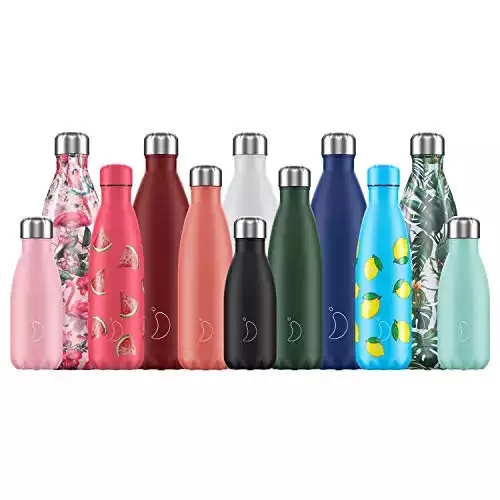
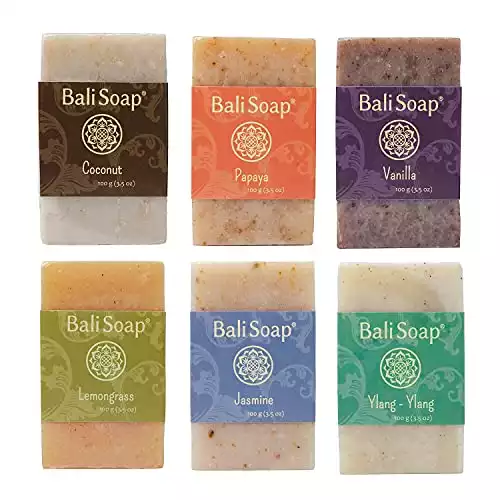
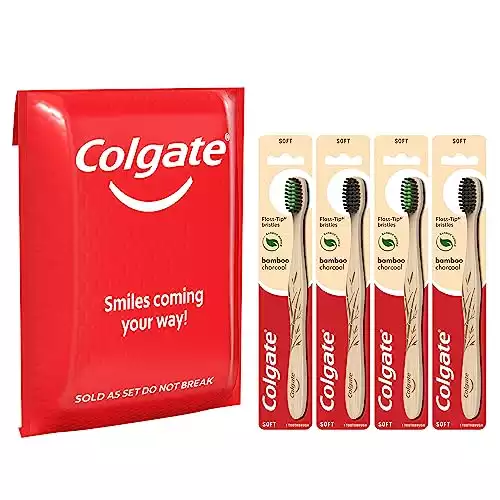
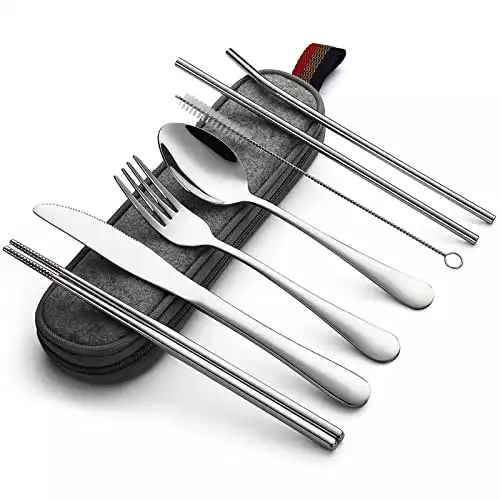
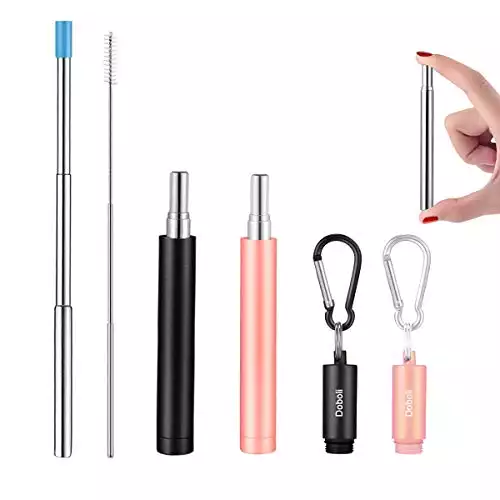
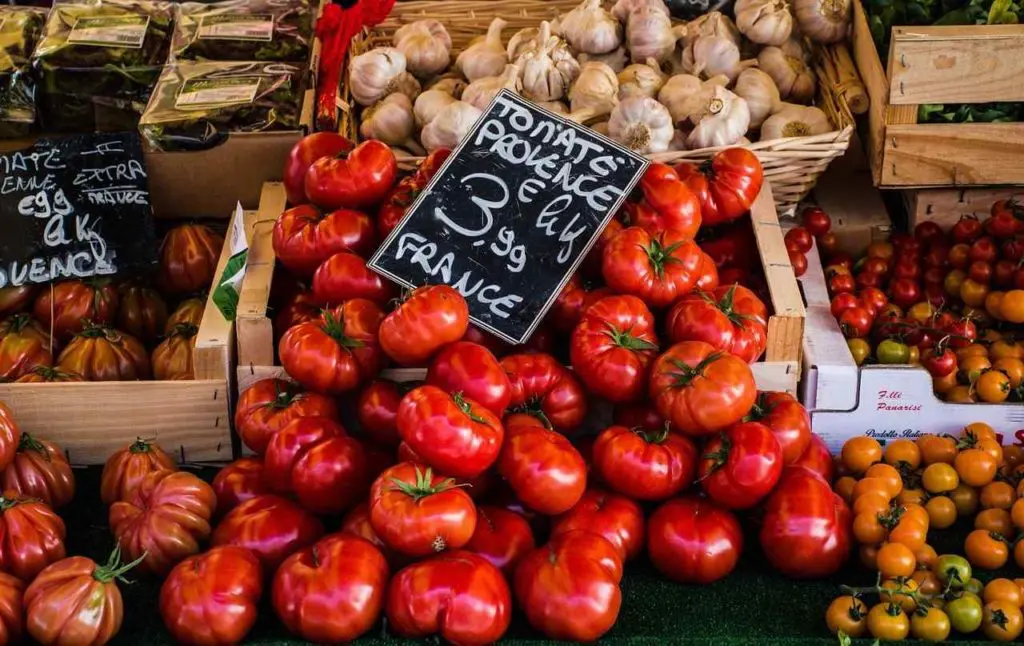
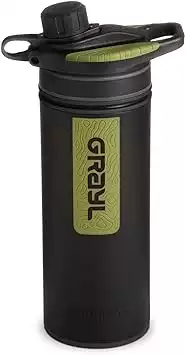
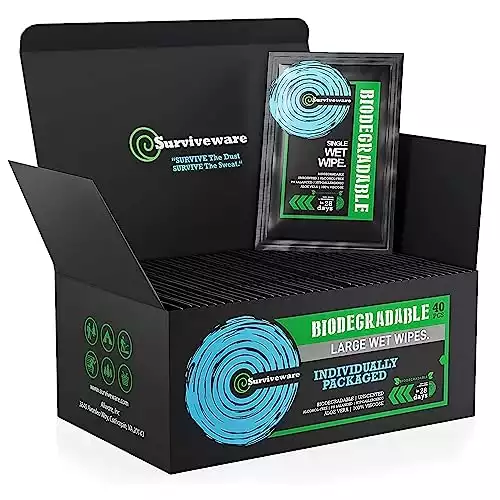
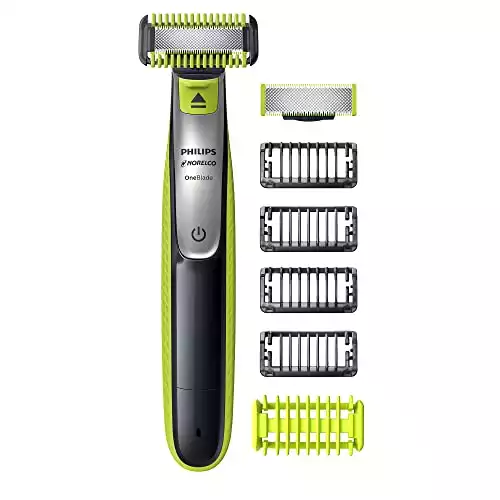
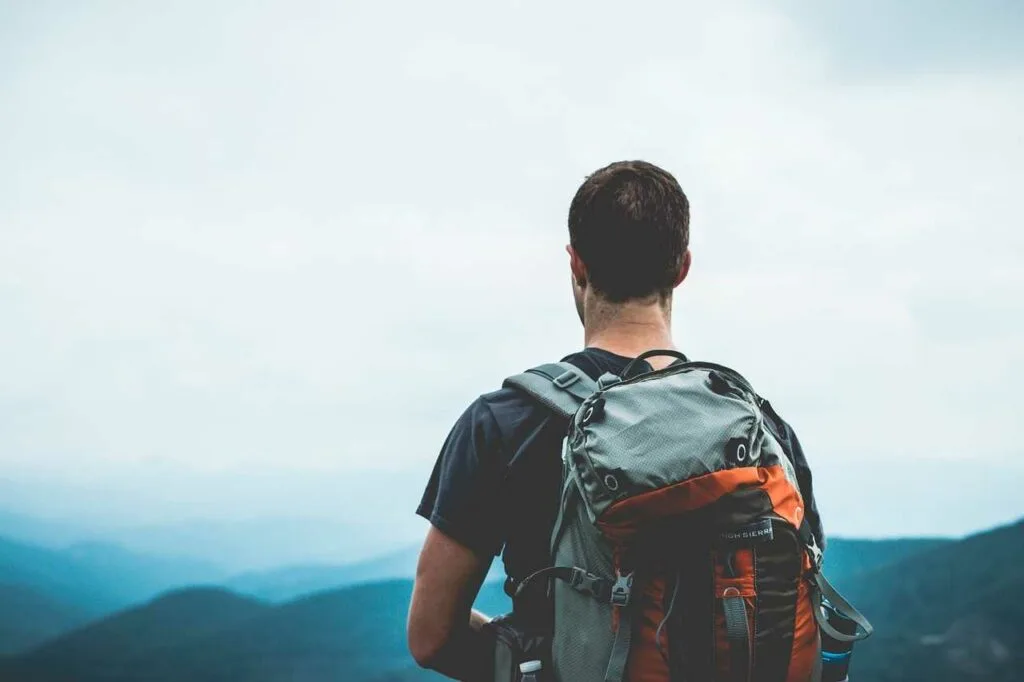
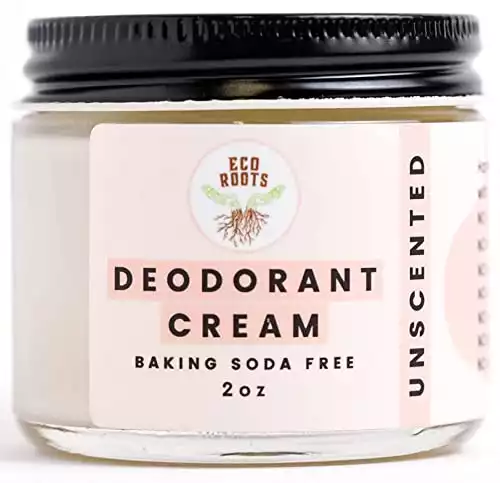
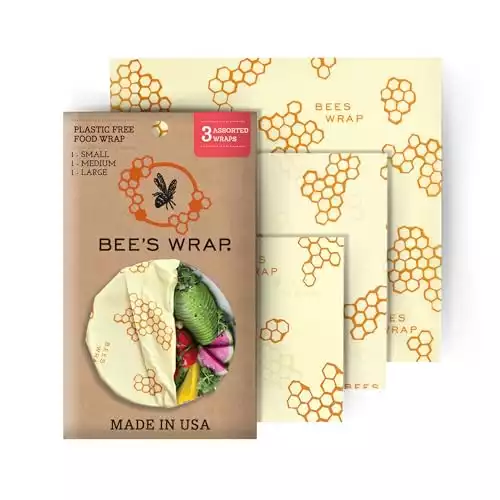
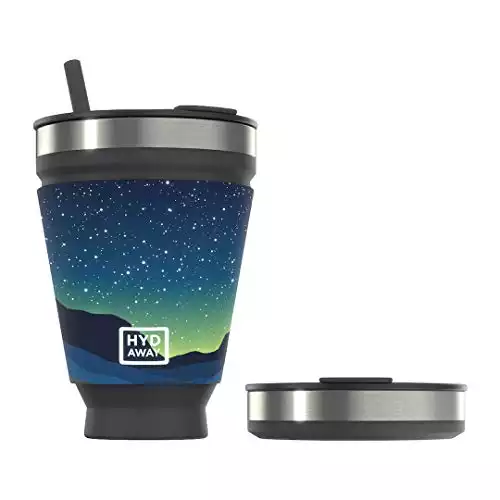
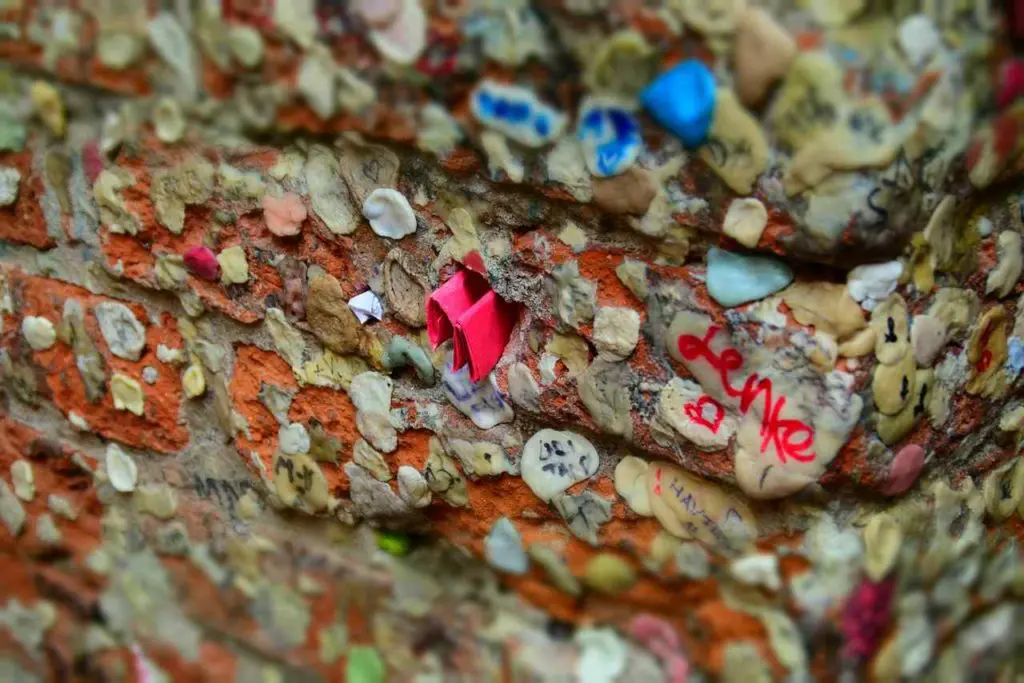
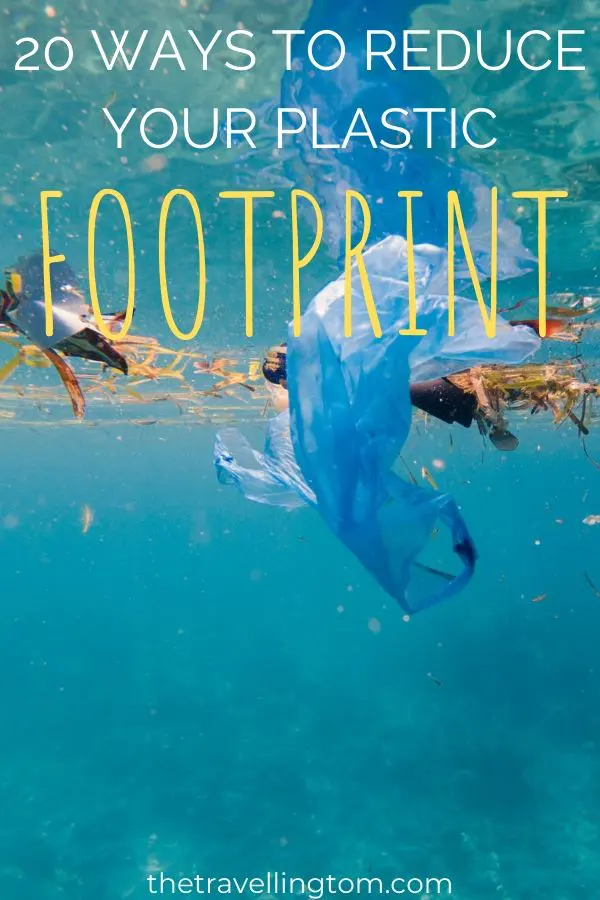
poonam
Wednesday 14th of February 2024
love it!